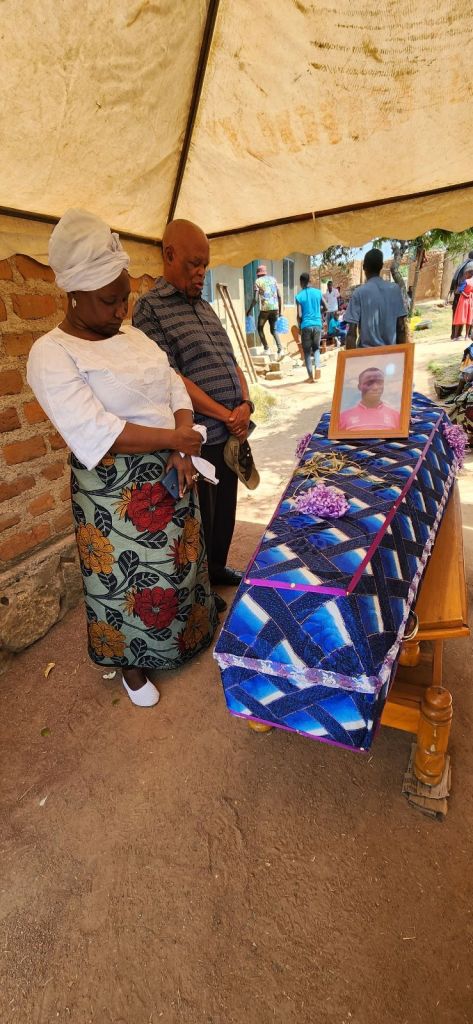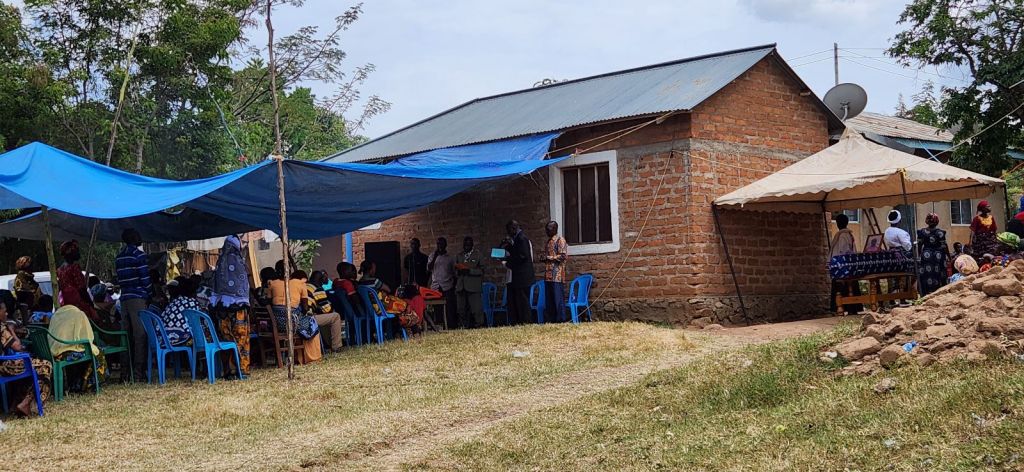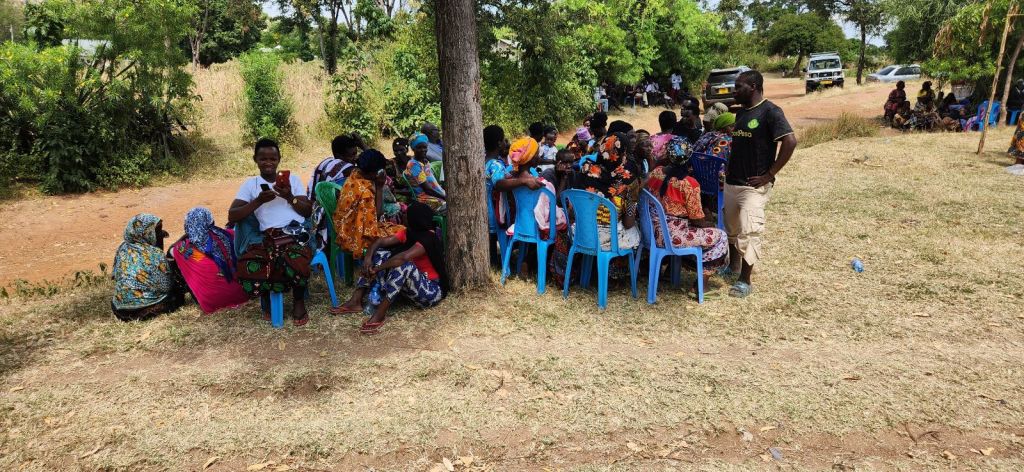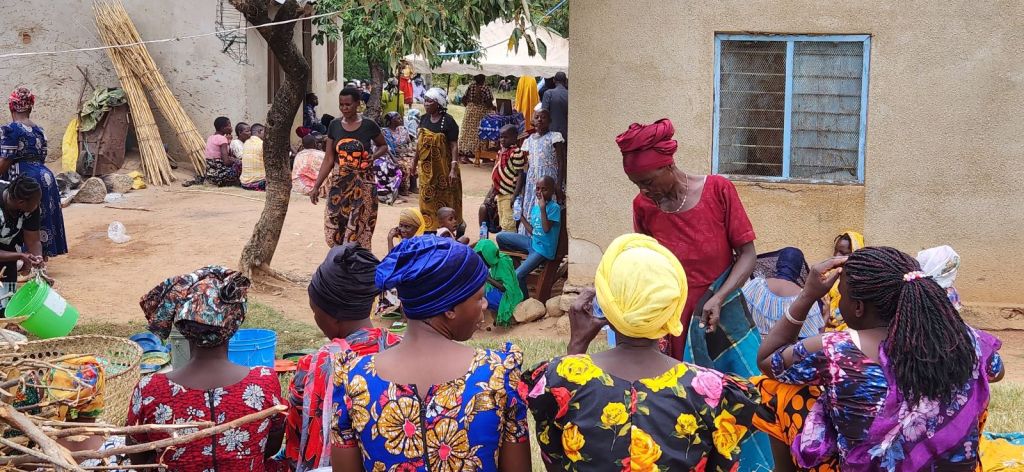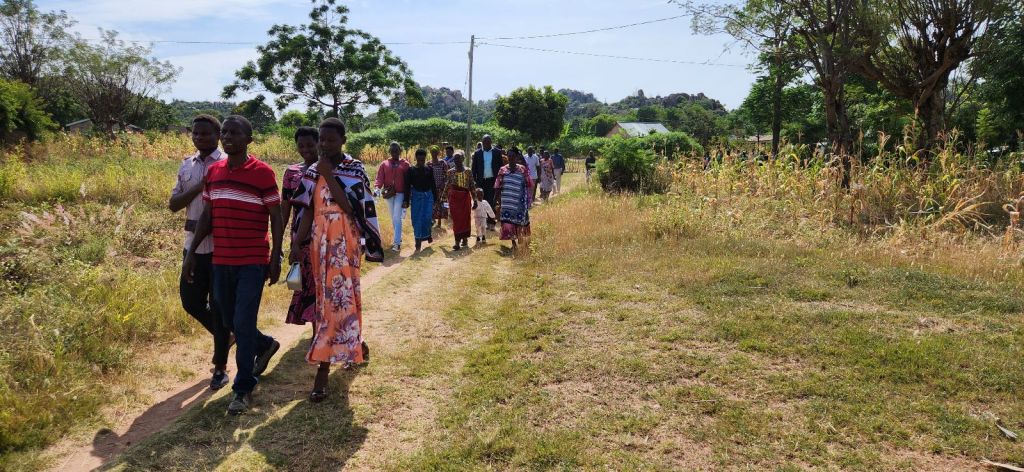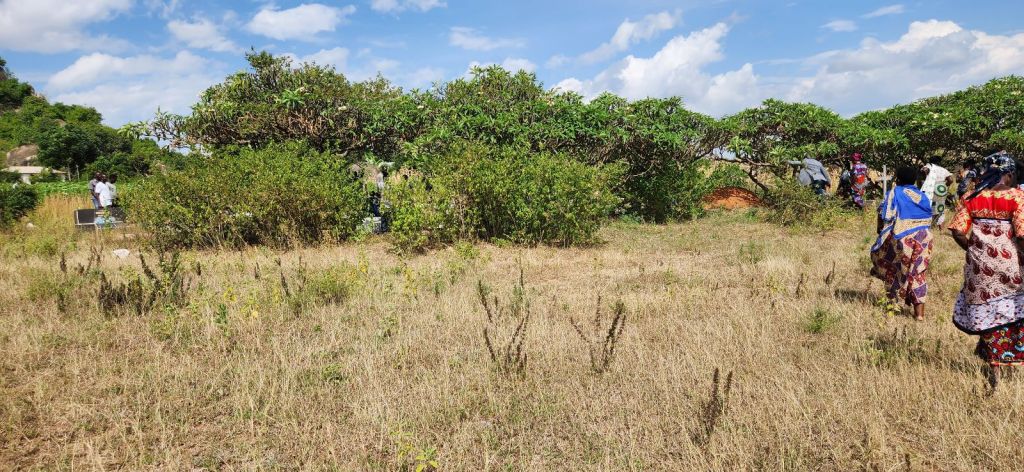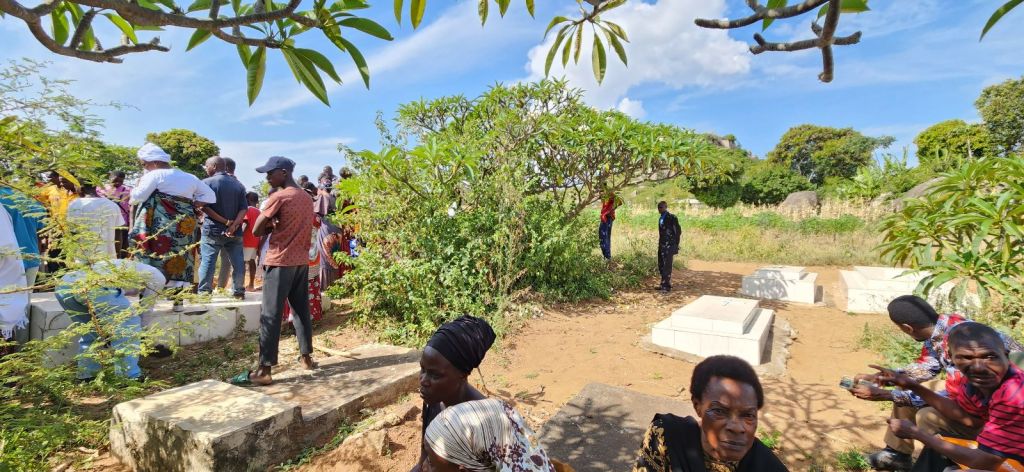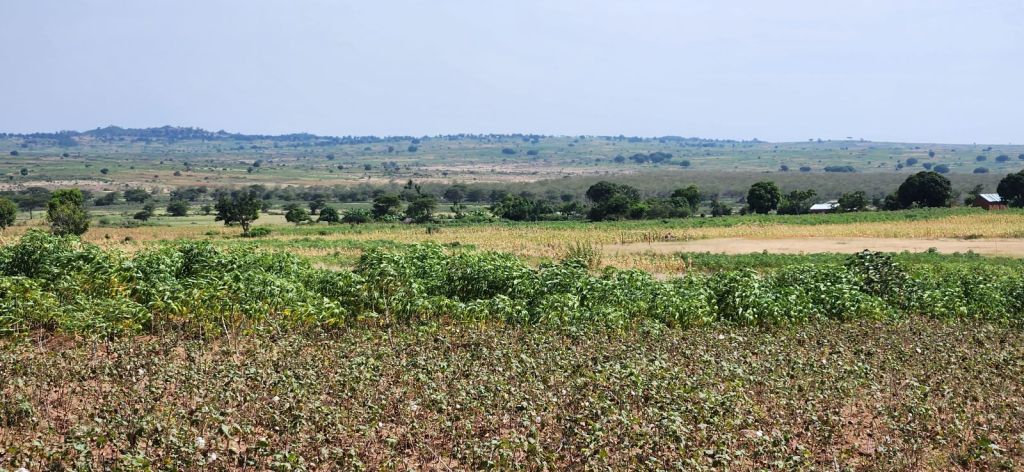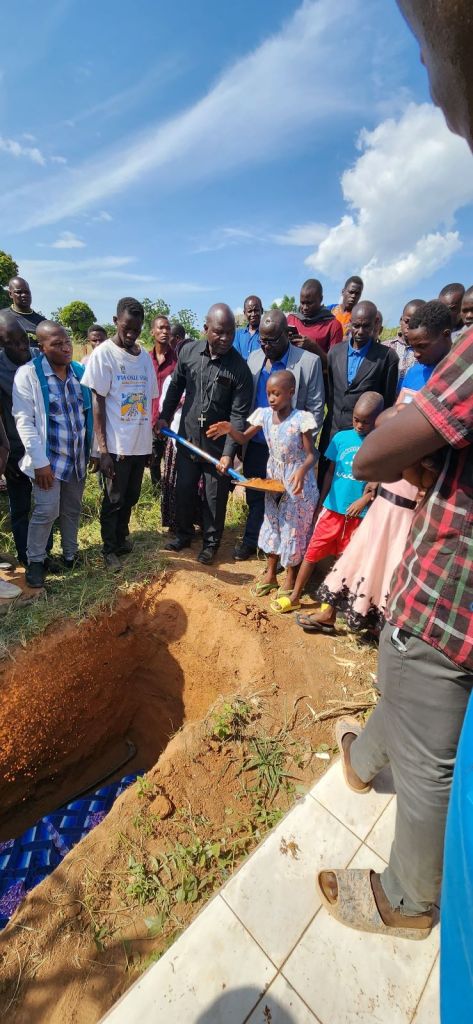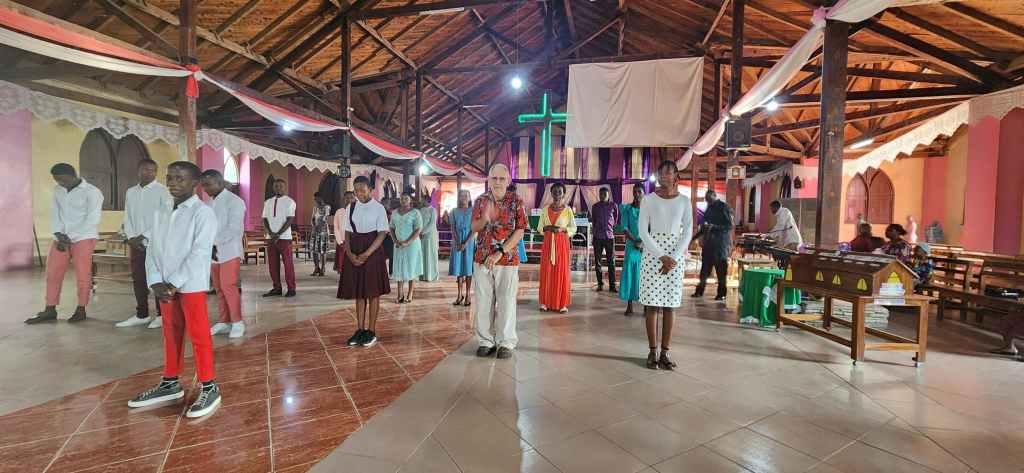My first visit to Walgett in 1988 had me questioning if I had stepped into another country.
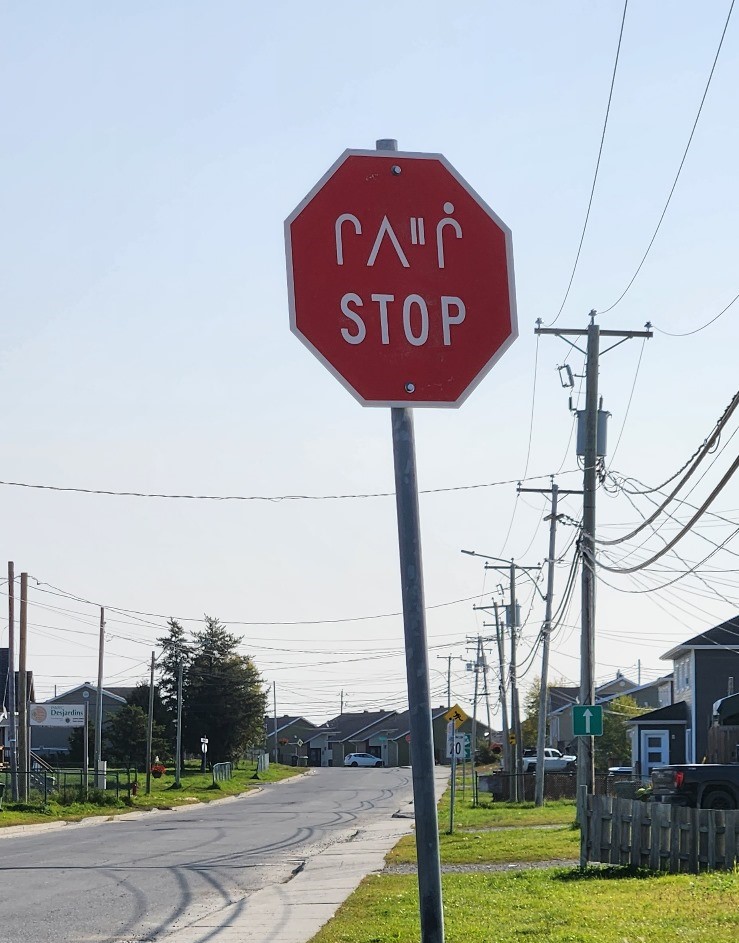
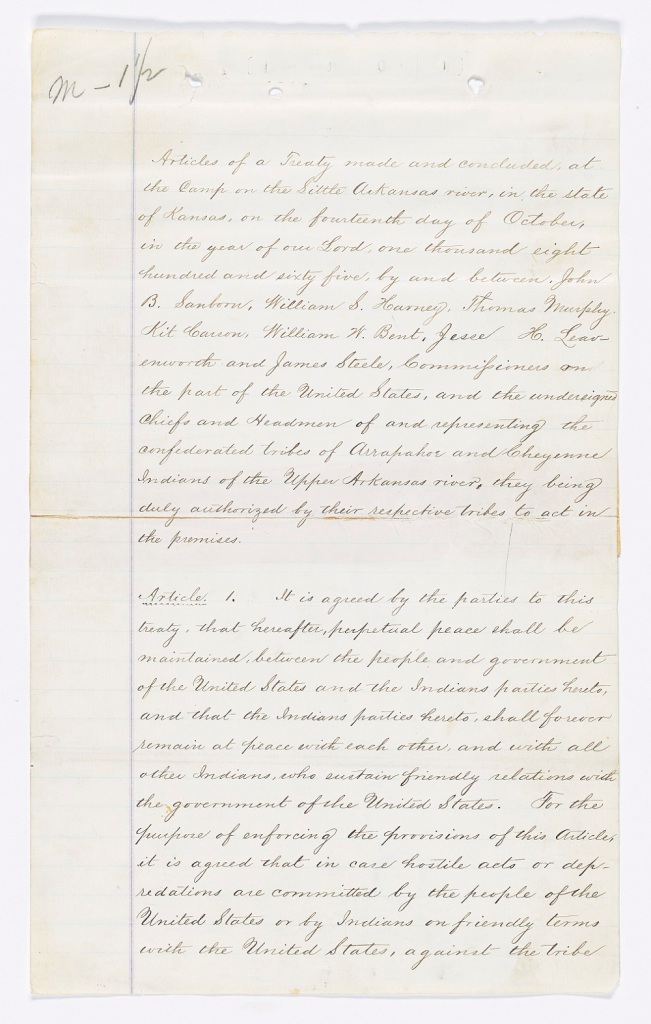
I worked in corrections as a probation officer and spent 16 years in western and northern NSW. Nothing had prepared me for my time at Coonamble where the role covered the area to the Queensland border. Walgett, Gulargambone and Goodooga could all be classified as Aboriginal towns, plus Lightning Ridge which also had an indigenous population.
My first visit to Walgett in 1988 had me questioning if I had stepped into another country. I visited Namoi Mission where indigenous Australians lived in iron shanties, dirt floors and with no facilities such as running water, sewerage and I cannot remember if there was electricity.
My two years in Coonamble were an education where I learned much about the sad history of Australia, its violence, dispossession and isolation of its first peoples. I dealt with the over representation of Aboriginal people in the criminal justice system which in the late 1980s had about 10% of the NSW prison population identified as Aboriginal. That figure is much higher now in actual and percentage terms.
Moving to Casino and Lismore I worked with the local Aboriginal communities including the Land Council, Aboriginal Health Service and other government agencies. Building on the learnings from my time in the west I assisted in establishing programs to involve Aboriginal communities in some criminal justice programs.
I am writing this from Sault Ste Marie (Falls of St Mary) in Michigan USA after seven weeks driving through the USA and Canada. I have lost count of the number of road signs telling us we are entering or leaving an Indian Reservation. I have visited museums and other places of interest. I have gleaned some of the history of how Native Americans were forced onto reservations and lost their traditional lands, not dissimilar to our history in Australia. I have understood that treaties were entered into with tribes and not honoured as the westward sprawl saw Europeans dislocate them in many cases forcibly to reservations.
What has struck me is that Native Americans own land and lots of it. We drove through California, Nevada, Utah, Arizona and other states where Indian reservations were identified by signs telling drivers they were entering an Indian reservation, or leaving it. Huge tracts of land, some with Native American businesses, identifiable communities both large and small, an Air Force base on one and plenty of ranches, presumably owned by non indigenous peoples were regular occurrences. And there were casinos and lots of them on Indian Reservations. The USA recognises Indian tribes as sovereign domestic nations, allowing them to govern themselves. There are about 374 treaties between Indian tribes and the US government, some of which are on display at the Smithsonian Institute.
In some places I saw references to native police and in fact here in Sault there is a native police force which features in a promotional video. The Police of the Sault Tribe of Chippewa Indians enforce laws on behalf of the Indian communities around the area.
I have seen how American history acknowledges the past but is proud of the present as it promotes positive aspects of Indian culture. The name Sault Ste Marie (pronounced Soo Saint Marie) means Falls of St Mary. The local tribe were known as the Sault tribe or Falls tribe because of the waterfalls at the Mary River. The cities in Canada and USA that share that name across the river recognise the first inhabitants in the name of their cities.

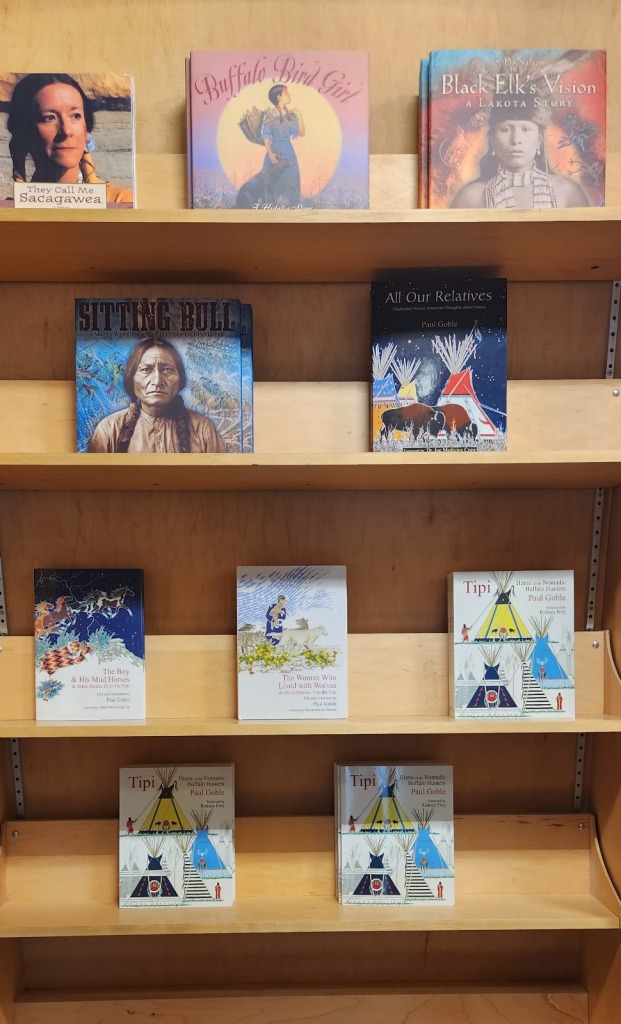
Museum after museum and other local attractions have information about pre-European history and about the contact that occurred and how it impacted the natives. The Battle of Little Bighorn was renamed from Custer’s Last Stand at the request of the local tribes which acknowledges the slaughter of the US Army but also the retaliation that saw the tribes lose their land and flee to Canada. Rather than being a shrine to slaughtered US Army Officers, it acknowledges the battle, the victory by many Indian tribes and is a shrine to the dead both Indian and American. This was negotiated in my lifetime and the park acknowledges openly the poor treatment of the Indians and their defence against a much better armed but outnumbered military. There are memorial stones to the fallen Indians as well as Custer’s me. At Mt Rushmore one of those tribes was featured on centre stage performing the Hoop Dance which was truly spectacular and the dancer shared her story with us.
So what has this to do with the Voice Referendum coming up? I have had long days driving so have listened to a lot of radio from Australia and do try to read the local news as well.
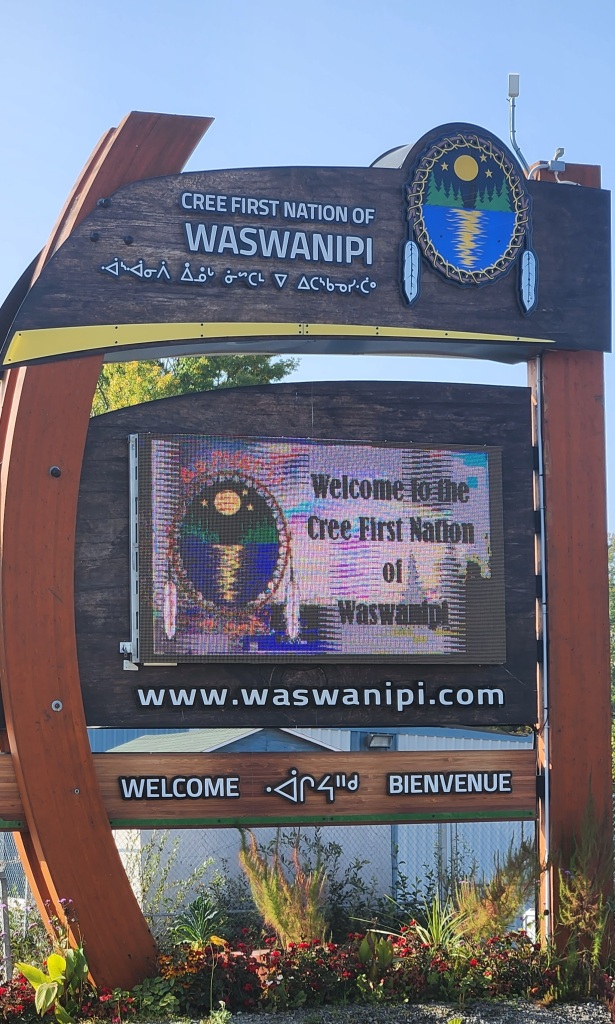
Jacinta Nampijinpa Price and Warren Mundine have highlighted the weaknesses of the Yes case. It is up to the proponents of the constitution to convince of the need for change. Opponents highlight the weaknesses being proposed. That is debating 101.
While Price and Mundine don’t always sing from the same song sheet, this has highlighted what I learned in my Aboriginal Legal Studies program at university from 1993 to 1995.
There are over three hundred indigenous tribes in Australia and Mundine highlights that each group is autonomous and you only speak for your own people. Not all Aboriginal people are the same. There are hundreds of languages, different customs and practices and as this referendum is highlighting, different political views. This is the point Mundine was making in his speech two days ago where he highlighted that there would be a central overlord seeking to represent all indigenous Australians.
He has also been criticised for advocating for treaties. However he is proposing something that appears non controversial in Canada and the USA.

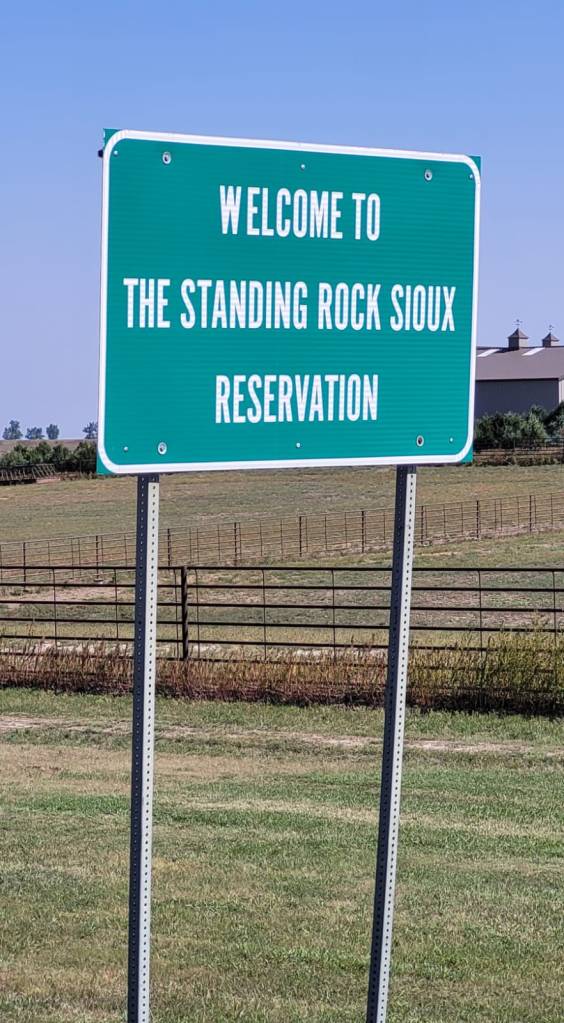
The USA has hundreds of treaties with Native Americans. It still functions as a bastion of democracy. It is not an issue here. It is just part of history, You see it everywhere in museums, road signs and on Indian land. Treaties go back to the lawless Wild West and recognise that the Indians had rights. Negotiating from weakness, they were at least able to claw back some of the losses and achieve recognition, even if not always honoured.
The failure of the Yes case to outline what a Voice will mean is a failure of leadership. If the USA can sign 374 treaties and allow sovereign domestic rule why can we not in Australia do this?
Well we have started. In NSW every Local Aboriginal Land Council was established under legislation and while not called a treaty it has treaty like aspects. Initial funds came from a percentage of land tax being contributed by the NSW government to assist Local Aboriginal Land Councils. It stopped after fifteen years but provides a model for any treaty negotiations.
In one town we stayed in we actually stayed on land that was Indian land but it did not mean ownership stopped motels and other businesses being established.
Treaties do not require a change to the constitution but do require a change of heart by us, the dominant population. Treaties of course will cost money but we are not a poor country. It might mean mining royalties on land owned by Forrest, BHP, Rio etc that goes into a treaty fund. Governments are always good at revenue raising and not a great deal of creativity is required to consider how to raise funds for treaties at a national level.
However if this government was serious about giving a Voice to indigenous Australians, it would have listened to those communities that advocated to retain the welfare card before cancelling it which has seen an uptick in alcohol and domestic violence since abolition.
The failure of support for the voice is our lack of understanding as a nation about our history.
America does history really well. I have learned heaps on this road trip but where does someone learn about Aboriginal history? Where are the monuments to the Myall Creek massacre?
Why is it that we in Australia of all the former British colonies in the western world are outliers. New Zealand has the Treaty of Waitangi, Canada seems to have treaties as do the Americans.
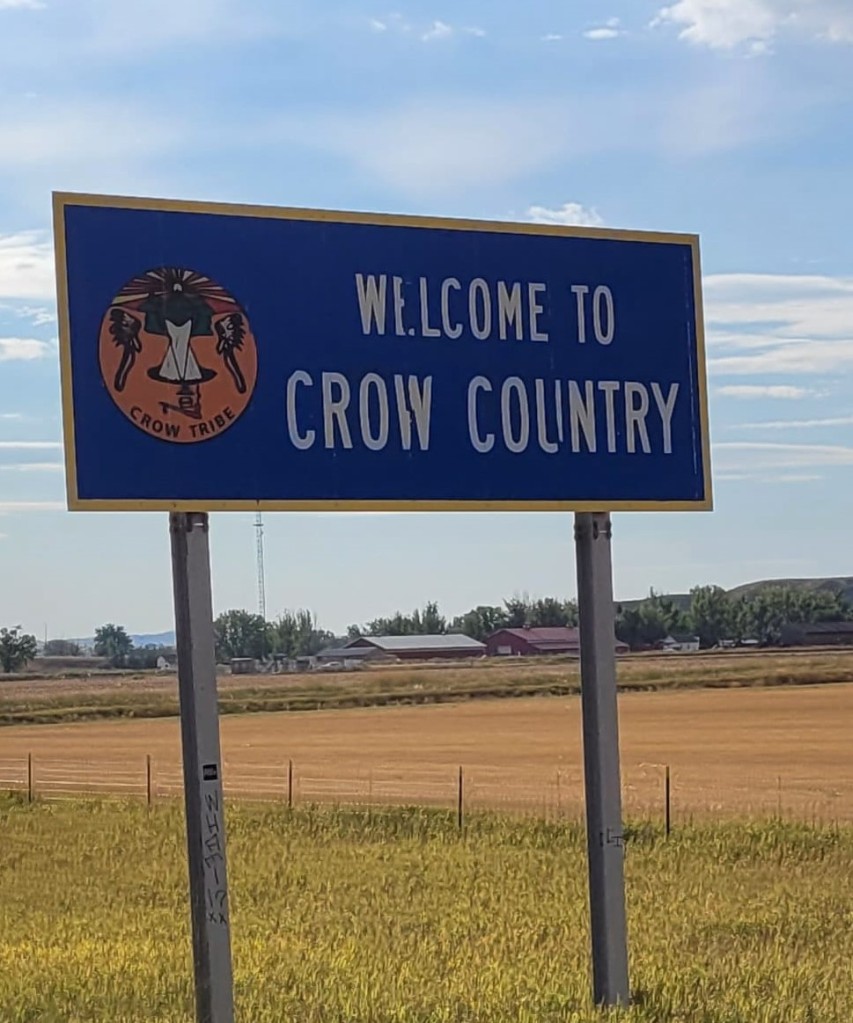
So from me it’s a No to the voice but a yes to treaties. And I know it will take generations to hammer out three hundred or so treaties, if indeed Aboriginal Australia wants to go down that path.


